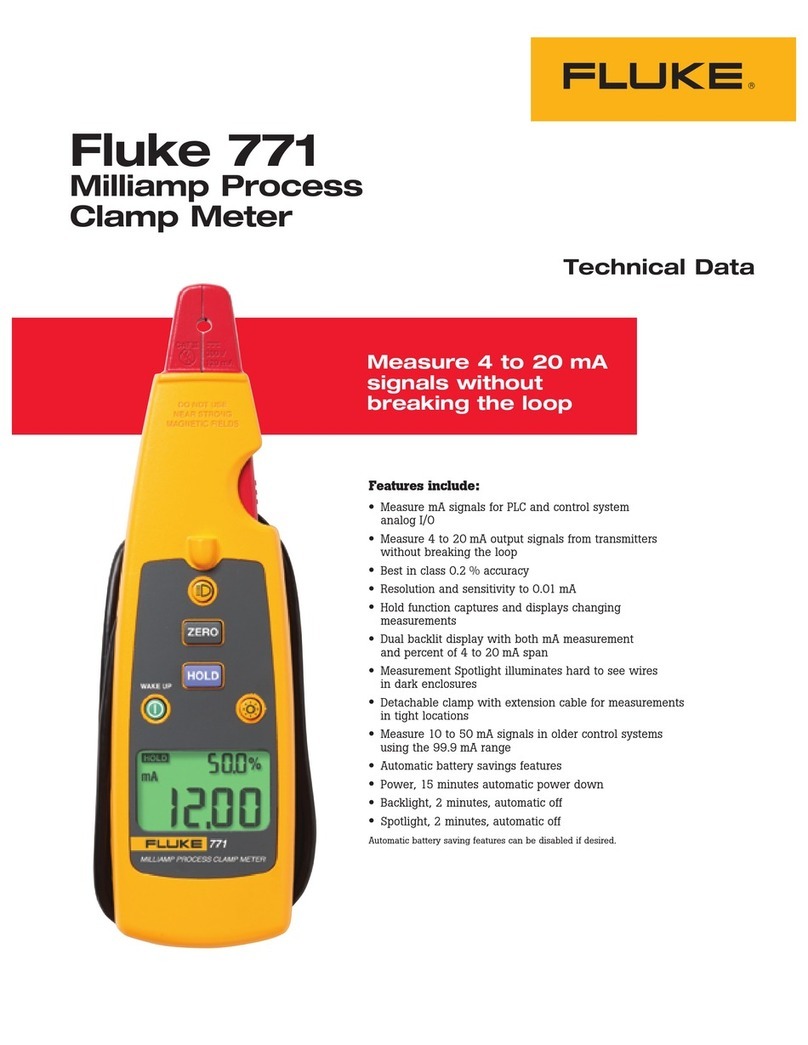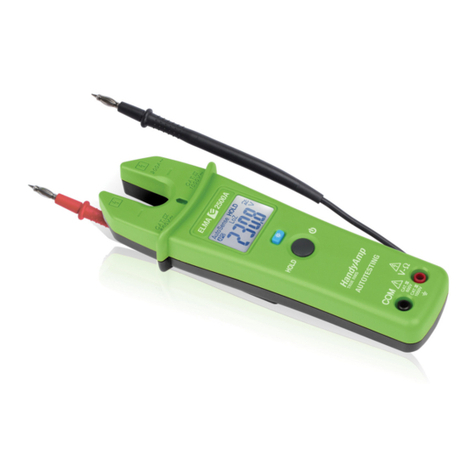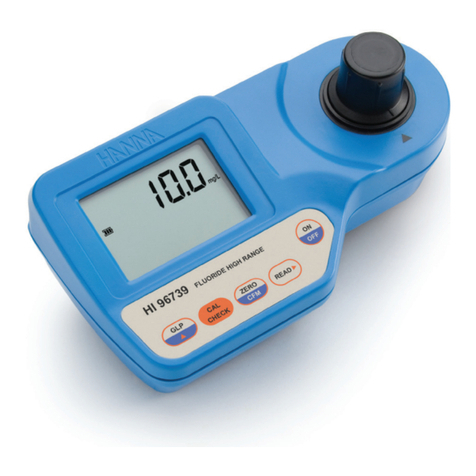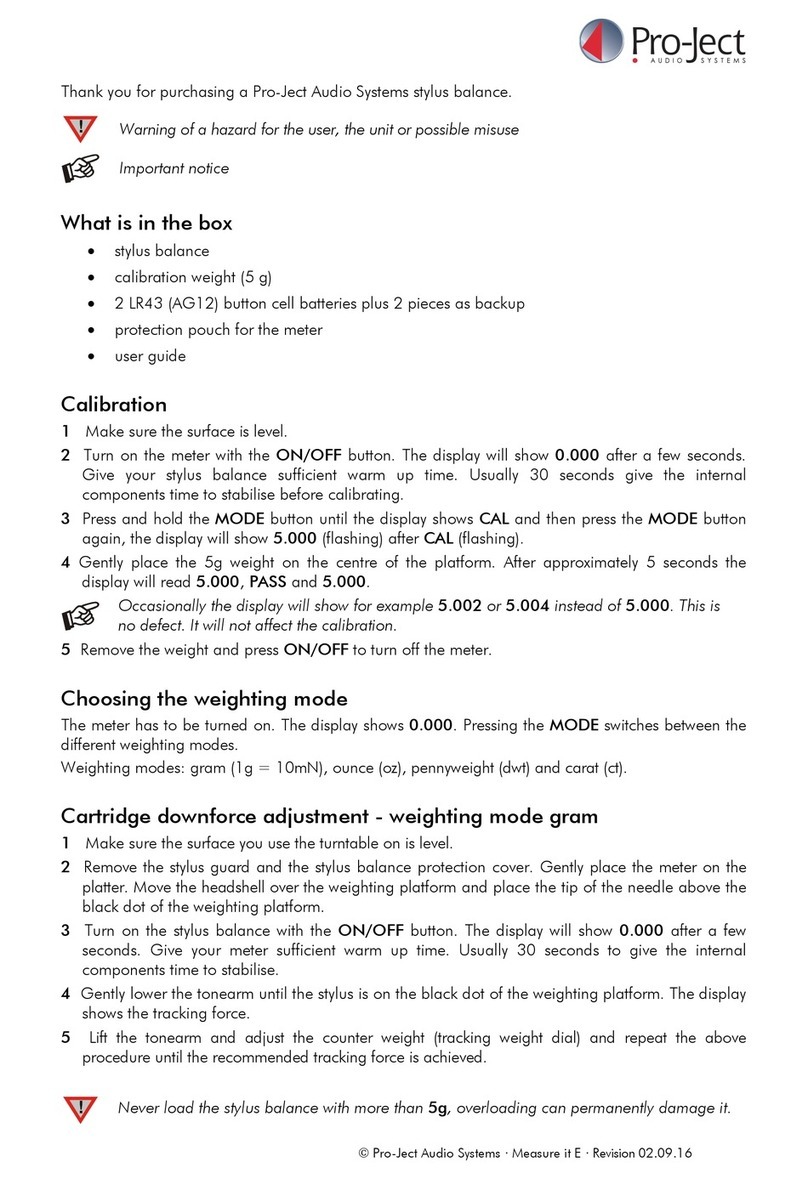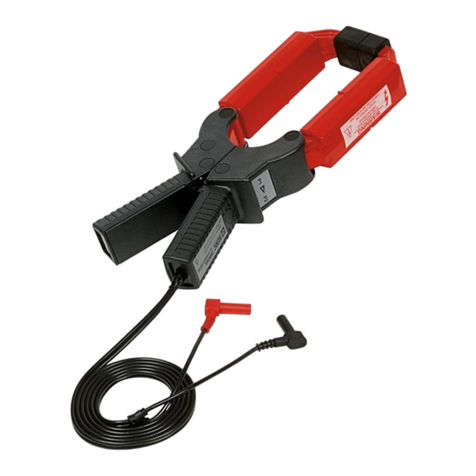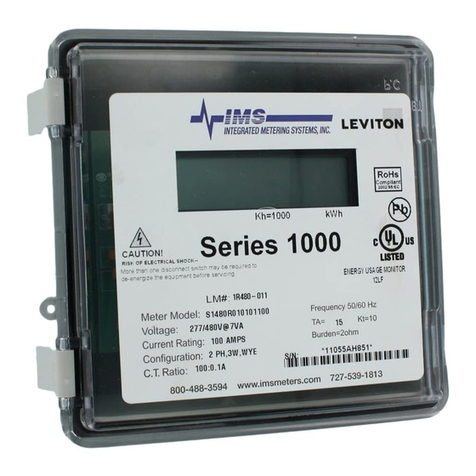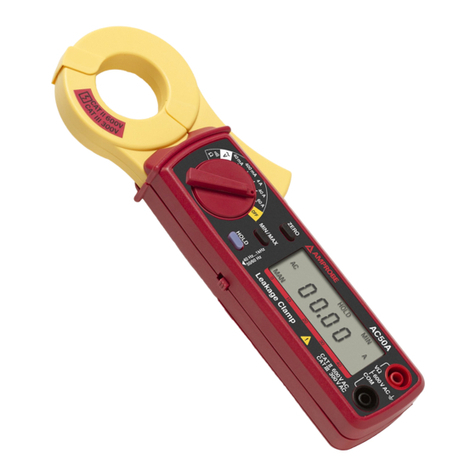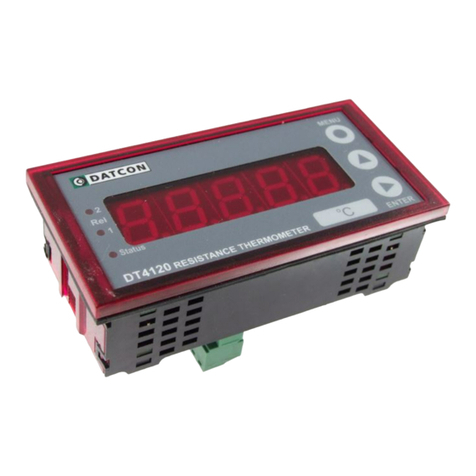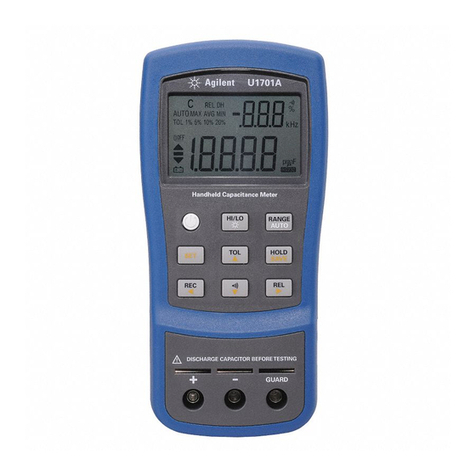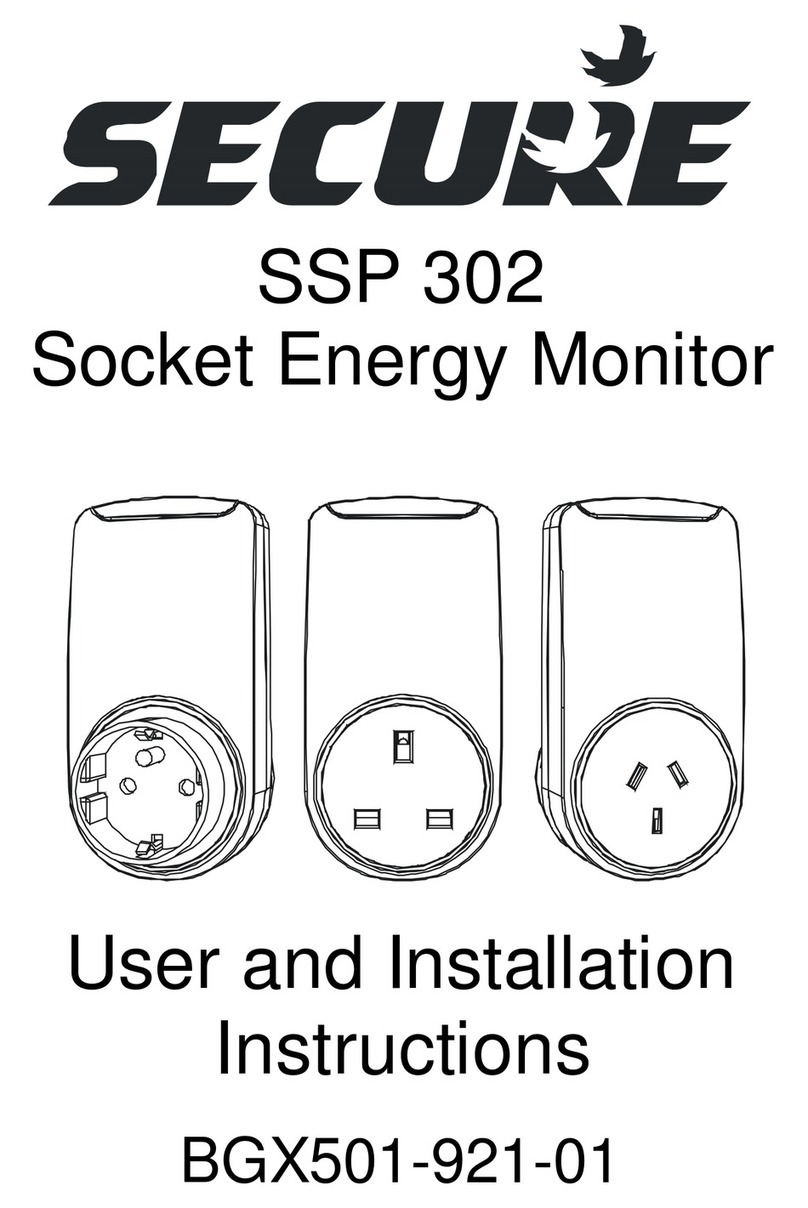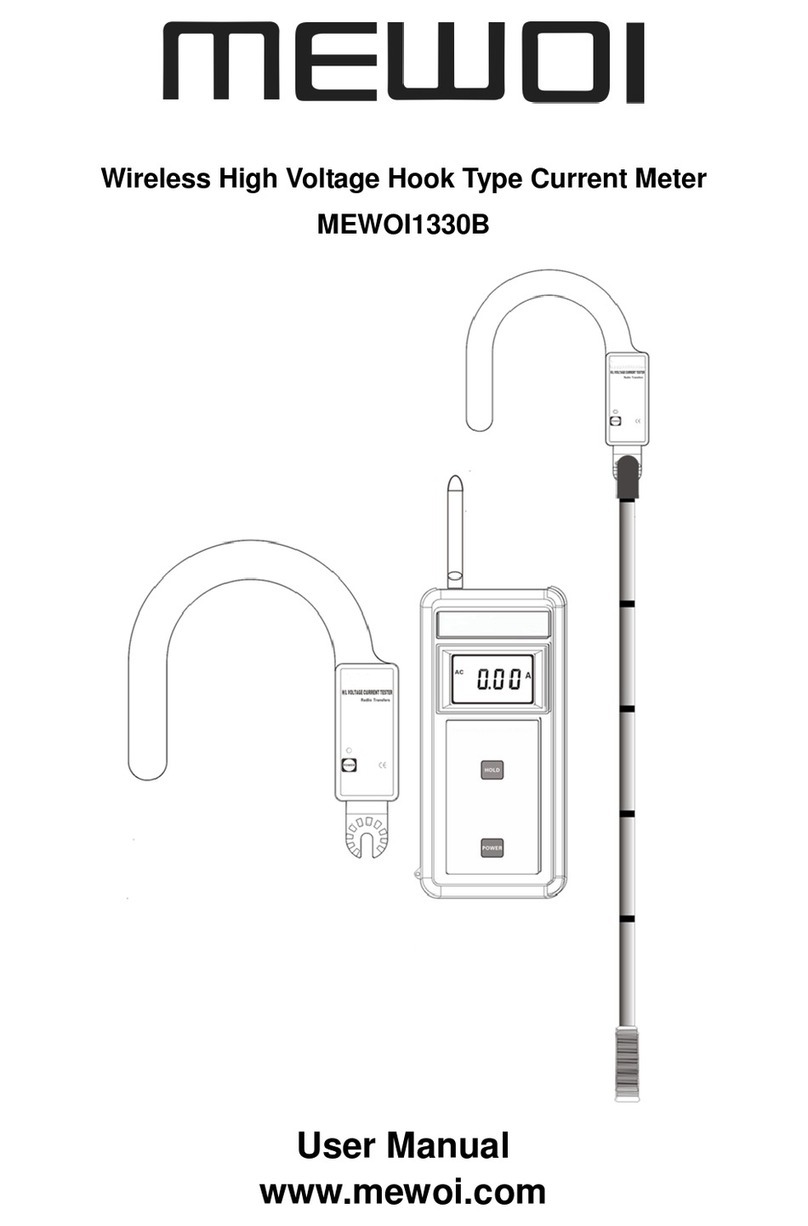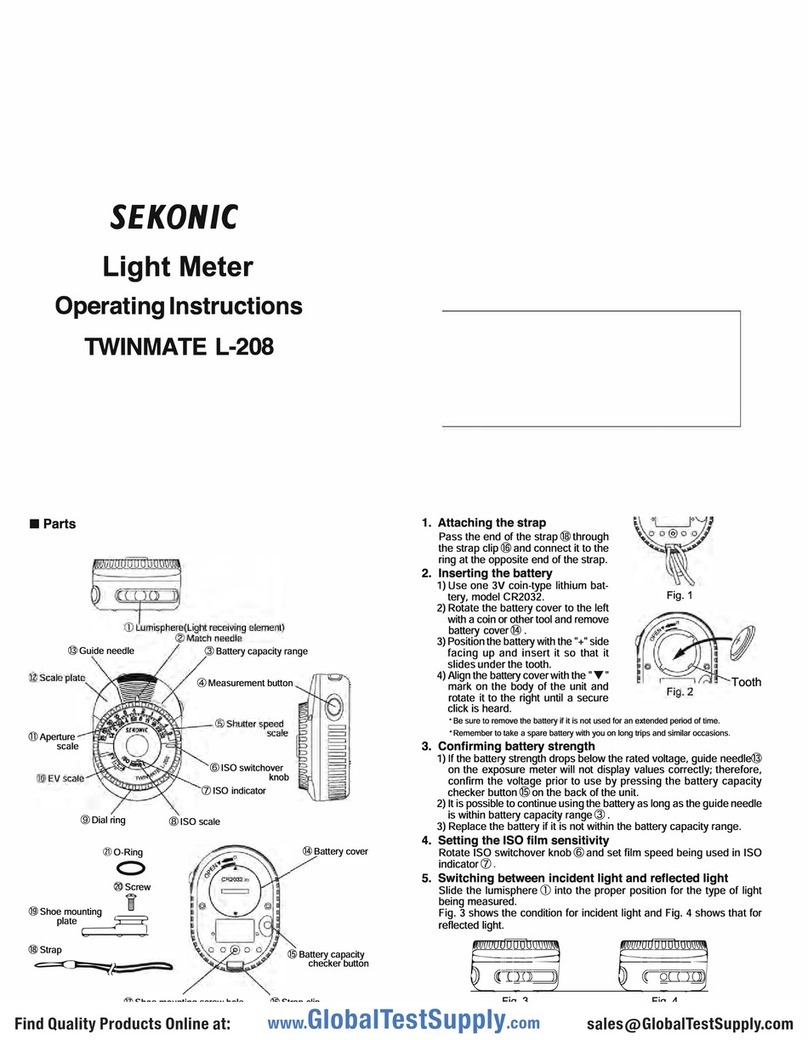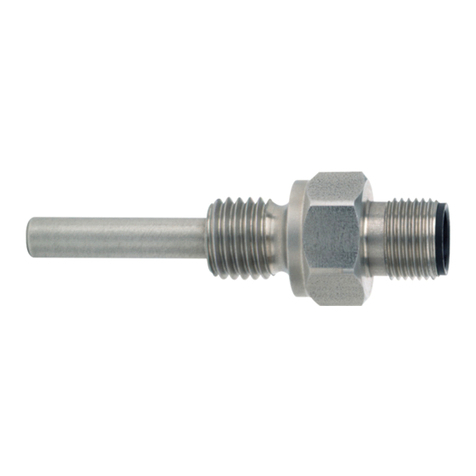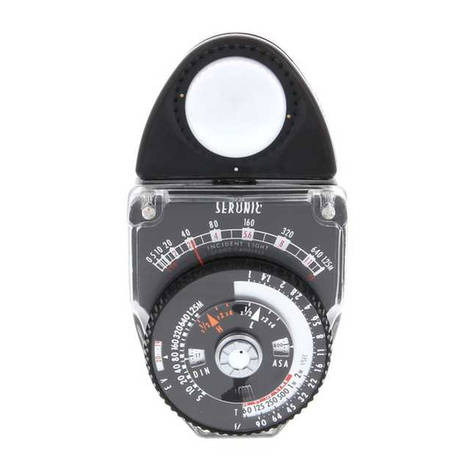Shimmer Shimmer3 User manual

Copyright © Shimmer Research 2013
Realtime Technologies Ltd IMU User Manual
All rights reserved Rev 1.1
1
IMU User Guide
Revision 1.4

Copyright © Shimmer 2016
Realtime Technologies Ltd IMU User Manual
All rights reserved Rev 1.4
1
Legal Notices and Disclaimer
Redistribution IS permitted provided that the following conditions are met:
Redistributions must retain the copyright notice, and the following disclaimer. Redistributions in electronic form
must reproduce the above copyright notice, this list of conditions and the following disclaimer in the
documentation and/or other materials provided with the document.
Neither the name of Shimmer Research, or Realtime Technologies Ltd. nor the names of its contributors may
be used to endorse or promote products derived from this document without specific prior written permission.
THIS DOCUMENT IS PROVIDED BY THE COPYRIGHT HOLDERS AND CONTRIBUTORS "AS IS" AND
ANY EXPRESS OR IMPLIED WARRANTIES, INCLUDING, BUT NOT LIMITED TO, THE IMPLIED
WARRANTIES OF MERCHANTABILITY AND FITNESS FOR A PARTICULAR PURPOSE ARE DISCLAIMED.
IN NO EVENT SHALL THE COPYRIGHT OWNER OR CONTRIBUTORS BE LIABLE FOR ANY DIRECT,
INDIRECT, INCIDENTAL, SPECIAL, EXEMPLARY, OR CONSEQUENTIAL DAMAGES (INCLUDING, BUT
NOT LIMITED TO, PROCUREMENT OF SUBSTITUTE GOODS OR SERVICES; LOSS OF USE, DATA, OR
PROFITS; OR BUSINESS INTERRUPTION) HOWEVER CAUSED AND ON ANY THEORY OF LIABILITY,
WHETHER IN CONTRACT, STRICT LIABILITY, OR TORT (INCLUDING NEGLIGENCE OR OTHERWISE)
ARISING IN ANY WAY OUT OF THE USE OF THIS DOCUMENT, EVEN IF ADVISED OF THE
POSSIBILITY OF SUCH DAMAGE.

Copyright © Shimmer 2016
Realtime Technologies Ltd IMU User Manual
All rights reserved Rev 1.4
2
Table of Contents
1. Introduction.............................................................................................................................. 3
2. General Information ................................................................................................................. 4
2.1. Pre-Requisites.................................................................................................................... 4
3. Inertial Measurement Units ...................................................................................................... 5
3.1. Accelerometer ................................................................................................................... 5
3.2. Angular rate gyroscope .................................................................................................... 12
3.3. Magnetometer................................................................................................................. 13
4. Inertial Sensor Signals ............................................................................................................. 16
4.1. The IMU Signal................................................................................................................. 16
4.2. Kinematic Parameters ...................................................................................................... 17
4.3. Coordinate Systems ......................................................................................................... 18
5. Applications of IMUs............................................................................................................... 19
5.1. Gait analysis..................................................................................................................... 19
5.2. Displacement estimation.................................................................................................. 19
5.3. Orientation estimation..................................................................................................... 19
5.4. Fall detection ................................................................................................................... 20
6. Practical Usage Considerations ............................................................................................... 21
6.1. Shimmer3 Capabilities...................................................................................................... 21
6.2. Noise Specifications ......................................................................................................... 22
6.3. Safety Considerations....................................................................................................... 22
6.4. Firmware ......................................................................................................................... 22
7. FAQs........................................................................................................................................ 23
8. References .............................................................................................................................. 24
9. Appendix................................................................................................................................. 26
9.1. Legacy hardware: Shimmer2/Shimmer2r ......................................................................... 26
9.2. Legacy Hardware: Shimmer IMU daughterboards............................................................. 31
9.3. Legacy sensor axis directions............................................................................................ 34
9.4. Errata and Updates .......................................................................................................... 35

Copyright © Shimmer 2016
Realtime Technologies Ltd IMU User Manual
All rights reserved Rev 1.4
3
1. Introduction
This document is an accompaniment to the following inertial measurement units (IMUs) from
Shimmer:
The Shimmer3 Wireless Sensor Unit contains accelerometers, a gyroscope and a
magnetometer to enable a complete 9 DoF solution. There are two accelerometers,
providing the option for wide range or low noise measurements, allowing the user to tailor
the configuration to the needs of the application.
The Shimmer2r Wireless Sensor Unit includes an accelerometer, which measures and records
acceleration due to all forces acting on the device.
The Shimmer Gyro IMU daughterboard has a rate gyroscope, which measures angular
velocity
The Shimmer 9DoF IMU daughterboard has a both a gyroscope to measure angular velocity
and a magnetometer to measure magnetic field, which, combined with the accelerometer
on the baseboard, can give a kinematics solution with 9 degrees of freedom (DoF).
It is intended that users refer to this document to help getting started with measuring and
processing kinematic data using the Shimmer platform. The document contains theoretical and
practical information regarding kinematic signals and sensors, along with a brief description of some
common applications for these signals. It also includes technical information about the board layouts
and signal quality specifications. Please refer to the Table of Contents on the previous page to find
the parts of this document that are most relevant to your needs.

Copyright © Shimmer 2016
Realtime Technologies Ltd IMU User Manual
All rights reserved Rev 1.4
4
2. General Information
2.1. Pre-Requisites
A Shimmer 3, Shimmer 2, Shimmer 2r* device programmed with appropriate firmware. For
example for Shimmer 3, LogAndStream (v0.6.0 or greater) can be used to log data or stream
data over Bluetooth while SD Log (v0.12.0 or greater) can be used to log data to the SD card;
both are available for download from www.shimmersensing.com. For Shimmer 2r, BtStream
(v1.2.0 or greater) can be used to stream data over Bluetooth while SD Log (v1.6 or greater)
can be used to log data to the SD card.
If using Shimmer2 or Shimmer2r, the following IMU daughterboards are optional:
oA Shimmer Gyro IMU daughterboard.
oA Shimmer 9DoF IMU daughterboard.

Copyright © Shimmer 2016
Realtime Technologies Ltd IMU User Manual
All rights reserved Rev 1.4
5
3. Inertial Measurement Units
This sections provides a brief introduction to IMUs (sometimes known as kinematic sensors) and the
signals that they measure.
3.1. Accelerometer
The acceleration, a, of a body can be defined as its rate of change of velocity and it is directly
proportional to the forces, F, acting on the body:
Fa
.
An accelerometer is a device which measures acceleration due to all forces acting on the device.
Forces acting on a device include both the gravitational force due to the mass of the earth as well as
any inertial forces which may be applied to the device.
The two primary components of acceleration are, thus, inertial and gravitational acceleration. Thus,
the total acceleration,
T
a
, measured by the device is the vector sum of these components:
gaa IT
,
where
I
a
is the inertial component and
g
is the gravitational component.
Inertial acceleration
Inertial acceleration occurs due to the application of a force other than gravity to a body. Unless a
body is completely motionless or moving with a constant velocity, there are inertial forces acting on
it. These forces give rise to inertial acceleration. This acceleration is defined as the rate of change of
velocity of the body in motion. It is measured in units of m/s2.
Acceleration due to gravity
Gravity is a natural phenomenon by which physical bodies attract each other with a force
proportional to their masses. Gravity is most familiar as the agent that gives weight to objects with
mass and causes them to fall to the ground when dropped.
The units of gravity are m/s2. Thus, it is a form of acceleration and is measured by an accelerometer.
When an accelerometer is completely stationary (i.e. there is no inertial acceleration acting on the
device), it measures a constant acceleration equal in magnitude to the acceleration due to gravity
(9.81 m/s2approx). This is often referred to in units labelled “g”, where 1 g ≈ 9.81 m/s2.
It is a common misconception to assume that the direction of the gravity vector measured by an
accelerometer is vertically downwards; this is incorrect. In fact, the measured vector of acceleration
due to gravity points vertically upwards from the Earth’s surface.
A simple example to help you remember that this is the case is the observation that an
accelerometer in free-fall records an acceleration of zero. In this case, the downward inertial
acceleration due to motion equals the upward gravitational acceleration.

Copyright © Shimmer 2016
Realtime Technologies Ltd IMU User Manual
All rights reserved Rev 1.4
6
A good way to understand why the measured acceleration due to gravity points in an upward
direction is to imagine that an accelerometer is a hollow cube with a ball inside, as illustrated in
Figure 3-1. The six faces of the cube will measure acceleration in the positive and negative directions
of the three sensing axes as illustrated by the X, Y and Z directions in the figure. To begin with,
imagine that the ball is weightless –it is suspended in the middle of the hollow cube and not
affected by gravity.
In Figure 3-1, the accelerometer has no forces acting on it –i.e. no inertial acceleration due to
movement and no gravitational acceleration. The acceleration measured in each of the axes,
x
a
,
y
a
and
z
a
, will be zero. This is the case when the device is in free-fall.
Figure 3-1 Accelerometer in free-fall
Now, continuing to ignore gravity by assuming that the ball is weightless, imagine that the cube is
moved to the right; i.e. acceleration in the positive Y-direction, as shown in Figure 3-2. The
accelerometer will detect acceleration in the positive Y-direction by feeling the suspended ball press
against the opposite face of the box.

Copyright © Shimmer 2016
Realtime Technologies Ltd IMU User Manual
All rights reserved Rev 1.4
7
Figure 3-2 Acceleration in positive Y-direction
Now, let’s lift the assumption that the ball is weightless and include the effect of gravity. If the
accelerometer is motionless, the ball will rest on the bottom face of the hollow cube. Just as you
have seen that positive acceleration in the Y-axis was detected by the ball pressing against the
opposite face, in this case, positive acceleration due to gravity in the Z-axis will be detected by the
ball pressing against its opposite face. Thus, it is clear that acceleration due to gravity, measured by
the accelerometer, points in an upward direction.

Copyright © Shimmer 2016
Realtime Technologies Ltd IMU User Manual
All rights reserved Rev 1.4
8
Figure 3-3 Accelerometer measuring gravity in upward positive Z-direction
Measuring 3D Acceleration
The Shimmer3 is equipped with tri-axial accelerometers (as is the Shimmer2r). The default
representation of its reference axes, as assumed in Shimmer applications, is arranged as shown in
Figure 9-2. Thus, the acceleration measured by the Shimmer device has three components, one in
each of the X-, Y- and Z-axes.

Copyright © Shimmer 2016
Realtime Technologies Ltd IMU User Manual
All rights reserved Rev 1.4
9
Figure 3-4 Shimmer3 default axis directions
To understand how the acceleration is distributed across the axes, we consider, first, a single axis
(uni-axial) accelerometer.
Uni-axial accelerometer
A uni-axial accelerometer measures the sum of the inertial acceleration component and gravitational
acceleration component acting along its single measuring axis. The left side of Figure 3-5 shows a
uni-axial accelerometer, with measurement axis, , attached to a leg segment. There is an inertial
acceleration of acting on the segment, as illustrated. The gravitational acceleration vector, , is
also included in the figure.
Figure 3-5: Uni-axial accelerometer attached to a leg segment

Copyright © Shimmer 2016
Realtime Technologies Ltd IMU User Manual
All rights reserved Rev 1.4
10
In the insert at the left side of the figure, the sum of the inertial and gravitational acceleration
vectors is illustrated by a dashed arrow, . This vector is the total acceleration acting on the
device. The sensor axis, , measures a component of this acceleration, whose magnitude is given
by:
,
where denotes the magnitude of the vector
1
, and is the angle between the measurement
axis, , and the total acceleration vector, . Alternatively, can be written as:
,
where and are the angles that the axis, , makes with the inertial acceleration vector, , and
the gravity vector, , respectively, is the magnitude of inertial acceleration vector and
m/s2is the magnitude of the gravity vector.
In the right side of Figure 3-5, the leg segment (and, hence, the uni-axial accelerometer) has moved
and come to rest in the position shown. In this case, the inertial acceleration is zero (). Thus,
gravity is the only acceleration component felt by the device. Due to the rotation of the sensor cause
by the movement of the leg segment, the accelerometer measurement axis is now perfectly aligned
with the gravity vector. In this case, , as illustrated in the insert on the right side of the figure.
Bi-axial accelerometer
A bi-axial accelerometer consists of two uni-axial accelerometers arranged at a right angle to one
another, as illustrated in Figure 3-6. This device measures the sum of the inertial acceleration
component and gravitational acceleration component acting along each of its two measuring axis.
The bi-axial accelerometer in Figure 3-6 is measuring acceleration under the same conditions as
described for Figure 3-5.
1
The magnitude, of a three dimensional vector,
, is given by:
.

Copyright © Shimmer 2016
Realtime Technologies Ltd IMU User Manual
All rights reserved Rev 1.4
11
Figure 3-6: Bi-axial accelerometer attached to a leg segment
The insert at the left side of the figure shows the vector sum of the inertial and gravitational
acceleration components, as in Figure 3-5. This time, the acceleration will be measured in two axes.
However, the acceleration measured by the X-axis () will be exactly the same as that measured by
the uni-axial accelerometer in the same position; the two axes of the accelerometer act
independently of each other. The Y-axis () will measure the acceleration perpendicular to ,
whose magnitude is given by:
,
where is the angle between the measurement axis, , and the total acceleration vector, ,
as described previously (note, that this angle is defined from the X-axis). Alternatively, can be
written as:
,
where and are the angles that the axis, , makes with the inertial acceleration vector, , and
the gravity vector, , respectively.
Now, consider the right side of Figure 3-6, in which the inertial acceleration is zero and the X-axis is
parallel to the gravity vector. In this situation, the Y-axis is perpendicular to the gravity vector (i.e. at
an angle of 90°) and, thus, the Y-axis will measure because the gravity vector has no
component perpendicular to itself. Indeed, the component of any vector acting perpendicular to the
vector itself is always zero.
The total acceleration measured by the bi-axial accelerometer may be written as a vector:
.
A bi-axial accelerometer can be used to measure the inclination angle of the body to which it is
attached, if its measurement axes are located in the plane of the gravity vector and the only force

Copyright © Shimmer 2016
Realtime Technologies Ltd IMU User Manual
All rights reserved Rev 1.4
12
acting on the device is gravity. In the case shown on the right-hand side of Figure 3-6, and the
angle of inclination, , of the device, with respect to the gravity vector is given by:
.
Tri-axial accelerometer
A tri-axial accelerometer is formed of three mutually orthogonal uni-axial accelerometers (i.e. three
accelerometer components arranged such that each axis is at a right angle to the other two axes). As
in the case of the uni-axial and bi-axial accelerometers, each axis measures a certain proportion of
both the gravitational acceleration and the inertial acceleration. The proportions measured by a
given axis depend on the angles between that axis and the directions of the acceleration
components. The total acceleration vector can be written as:
,
where the same notation that has previously been used for the X- and Y-axes is followed for the Z-
axis.
3.2. Angular rate gyroscope
The angular velocity of a body can be described as the rate at which the object is rotating, in terms
of both the speed of rotation and the axis about which it is rotating. A rate gyroscope can be used to
measure angular velocity.
The Shimmer3 is equipped with a tri-axial rate gyroscope to measure angular velocity in three
dimensions. (For Shimmer2r, the 9DoF IMU daughterboard or Gyro IMU daughterboard is required.)
To understand what component of angular velocity each of the three axes measures, it is useful to,
first, consider a uni-axial gyroscope.
Uni-axial rate gyroscope
A uni-axial rate gyroscope measures the angular velocity acting along a single measuring axis. Figure
3-7 shows a uni-axial gyroscope attached to a rotating plate, rotating with angular velocity , whose
magnitude is and direction is perpendicular to the plate, as illustrated.

Copyright © Shimmer 2016
Realtime Technologies Ltd IMU User Manual
All rights reserved Rev 1.4
13
Figure 3-7: Uni-axial rate gyroscope attached to a rotating plate
The angular velocity measured by the gyroscope, whose measurement axis, , makes an angle, ,
with the axis about which the plate is rotating, is given by:
,
where
is the magnitude of the angular velocity vector component along the measuring axis of the
rate gyroscope,
is the inclination of the measuring axis with respect to the angular velocity vector,
is the magnitude of the angular velocity acting on the sensor.
If the measurement axis is aligned parallel with the rotation axis, then the measured angular velocity
will be equal to . If, on the other hand, the measurement axis is perpendicular to the rotation axis,
then it will measure an angular velocity of zero.
Tri-axial rate gyroscope
A tri-axial rate gyroscope is formed by three orthogonal uni-axial rate gyroscopes. A 3-dimensional
angular velocity vector is obtained from a tri-axial rate gyroscope. The angular velocity vector
measured by a tri-axial rate gyroscope is given by:
,
where , and are the angles that the measurement axes, , and make with the
rotation axis, respectively.
3.3. Magnetometer
Magnetic fields describe the influence of electric currents and magnetic materials on objects around
them. The Earth has its own permanent magnetic field whose direction runs from the magnetic

Copyright © Shimmer 2016
Realtime Technologies Ltd IMU User Manual
All rights reserved Rev 1.4
14
South pole to the magnetic North pole and which influences all magnetic objects. This magnetic field
can be exploited to determine the heading of an object, using a compass. Large metal objects and
sources of electromagnetic interference (such as lights or electronic devices) can distort the local
effect of the Earth's magnetic field, resulting in heading errors, so it is best to use compasses as far
away from these sources of interference as possible.
A magnetometer is a sensor which is used to measure the direction and/or the strength of the local
magnetic field. If the only magnetic field acting on the magnetometer is the Earth's magnetic field,
then it can be used as a compass to determine the direction in which the sensor is facing, relative to
the Earth's magnetic North pole.
The Earth's magnetic field does not act parallel to the Earth's surface. Instead, there is a magnetic
inclination (also known as magnetic dip) angle, which causes the compass needle to point upwards
or downwards (relative to the horizontal plane of the Earth's surface), depending on where in the
world the compass is. At the magnetic equator, the angle is zero and the magnetic field does act
exactly parallel to the Earth's surface. In the Northern hemisphere, the North end of the compass
needle begins to point downwards more and more as one approaches the magnetic North Pole. In
the Southern hemisphere, the North end of the compass needle points increasingly upwards as one
approaches the magnetic South pole. When using a magnetometer to measure the magnetic field in
three dimensions, the appropriate magnetic inclination angle for the geographic location should be
taken into account. For example, in Dublin, Ireland, the angle is approximately 68°.
The Shimmer3 is equipped with a tri-axial magnetometer to measure the local magnetic field in
three-dimensions. (For Shimmer2r, the 9DoF IMU daughterboard is required,) To understand how
the magnetic field measurement is distributed over the three sensing axes, it is useful to, first,
consider a uni-axial magnetometer.
Uni-axial magnetometer
A uni-axial magnetometer measures the magnetic field vector acting along its measuring axis. Figure
3-8 shows a uni-axial magnetometer attached to a leg segment.
Figure 3-8: Uni-axial magnetometer attached to a leg segment
The magnetic field measured by the magnetometer, whose measurement axis, , makes an angle,
, with the magnetic field vector, , is given by:

Copyright © Shimmer 2016
Realtime Technologies Ltd IMU User Manual
All rights reserved Rev 1.4
15
,
where
is the magnitude of the magnetic field vector component along the measuring axis of the
magnetometer,
is the angle between the magnetometer measuring axis and the magnetic field vector,
is the magnitude of the magnetic field acting on the sensor.
If the measurement axis is aligned parallel with the magnetic field vector, then the measured
magnetic field component will be equal to . If, on the other hand, the measurement axis is
perpendicular to the magnetic field vector, then it will measure a magnetic field of zero.
Bi-axial magnetometer
A bi-axial magnetometer consists of two uni-axial magnetometer components arranged
perpendicular to each other. The magnetic field component measured by the X-axis remains
unchanged from the uni-axial case. The component measured by the Y-axis is given by:
,
where is the same angle that was defined previously and illustrated in Figure 3-8.
A bi-axial magnetometer can be used to measure the inclination angle of the body to which it is
attached, if its measurement axes are located in the plane of the magnetic field vector. In this case,
the heading angle, , of the device, with respect to the magnetic field vector is given by:
.
If the local magnetic field is equal to the Earth's magnetic field (i.e. there are no sources of
interference), then is the heading angle of the sensor, relative to the Earth's magnetic North pole.
Tri-axial magnetometer
A tri-axial magnetometer is formed by three orthogonal uni-axial magnetometers. A 3-dimensional
magnetic field vector is obtained from a tri-axial magnetometer. The magnetic field vector, ,
measured by a tri-axial magnetometer is given by:
,
where , and are the angles that the measurement axes, , and make with the
magnetic field vector, , respectively.

Copyright © Shimmer 2016
Realtime Technologies Ltd IMU User Manual
All rights reserved Rev 1.4
16
4. Inertial Sensor Signals
4.1. The IMU Signal
IMUs, like all sensors, are subject to noise and other errors, like offset bias and axis alignment errors.
Furthermore, sensor measurements are limited to values in a finite range, whilst most physical
phenomena have an infinite range. Also, if the output of the sensor is digital, quantisation introduces
noise in the measurements. Thus, the value measured by any sensor is not exactly equal to the value
of the phenomenon being measured.
Uni-axial sensor measurement
For a uni-axial sensor, if the value of the sensed phenomenon along the sensor measurement axis is
, then the sensor output, , can be described by:
,
where is the sensor scale factor, is the offset bias and is noise. Ignoring noise, which is usually
random and cannot be estimated, the scale factor is the value by which the sensor output will
increase for an increase of one unit in the sensed phenomenon and the offset bias is the value of the
sensor output when the sensed phenomenon is equal to zero; these quantities can both be
estimated by calibrating the sensor
2
.
Tri-axial sensor measurement
Ideally, a tri-axial IMU should consist of three mutually orthogonal uni-axial sensors (i.e. each axis
makes a right angle with the other two axes). However, real sensors tend to be subject to
misalignment errors due to minor errors in the placement of sensors, meaning that the sensor axes
are not precisely orthogonal to each other. Also, the assumed orientation of the sensor may not be
aligned with its true orientation when it is placed inside its casing.
The result of this misalignment error is that it is necessary to define a rotation operation which
relates the assumed sensitivity axes with the actual sensitivity axes of the sensor. In fact, the user
may define any set of assumed sensitivity axes and calculate the required rotation during the
calibration process2. The rotation can be easily described by a rotation matrix, .
For a tri-axial sensor, if the value of the sensed phenomenon vector is , then the sensor output, ,
can be described by:
,
where
2
For more detailed information on the calibration of kinematic sensors, please refer to the Shimmer 9Dof
Calibration Application and the associated User Manual and Tutorial videos, available from
www.shimmersensing.com.

Copyright © Shimmer 2016
Realtime Technologies Ltd IMU User Manual
All rights reserved Rev 1.4
17
is the sensor output,
is the vector value of the sensed phenomenon,
is the diagonal matrix of sensor axis scale factors,
is the rotation matrix which defines the actual sensor axes
(, and ) with respect to the assumed sensitivity axes (,
and ),
is the offset bias vector, and
is the noise vector.
The average noise affecting the kinematic sensors on the Shimmer3, Shimmer2r, Gyro IMU
daughterboard and 9DoF IMU daughterboard is summarised in Section 6.1 and Appendix 9.1.
4.2. Kinematic Parameters
The complete kinematics of a body in three-dimensional space can be described using the following
15 variables (Winter, 1990):
Linear displacement of body's centre of mass (, and ),
Linear velocity of the body's centre of mass (, and ),
Linear acceleration of the body's centre of mass (, and ),
Angular displacement of the body in two planes (,),
Angular velocity of the body in two planes (),
Angular acceleration of the body in two planes ().
These parameters can be estimated using IMUs with varying levels of difficulty. For example, linear
acceleration and angular velocity can be directly estimated from the accelerometer and gyroscope
observations, respectively. Angular acceleration can be determined by calculating the derivative of
angular velocity, taking care to deal with high frequency noise introduced by the derivative. Angular
displacement can be instantaneously estimated using a stationary accelerometer and/or

Copyright © Shimmer 2016
Realtime Technologies Ltd IMU User Manual
All rights reserved Rev 1.4
18
magnetometer, as outlined in Sections 3.1 and 3.3, whilst sensor fusion of at least accelerometer
and gyroscope is required to accurately estimate continuous angular displacement for moving
bodies. Linear velocity is the integral of linear acceleration, but measures to eliminate errors due to
accelerometer offset bias and noise must be taken to ensure accurate estimation. Finally, estimation
of linear displacement requires complicated sensor fusion algorithms; this topic is briefly discussed
in Section 5.2.
4.3. Coordinate Systems
The coordinate system used to define the variables above must be defined relative to some
reference system; if the coordinate system is defined relative to a constant external reference
system, then the reference is known as the global system. One of most commonly used global
reference systems is the Earth's {North, East, Down} frame. If, on the other hand, the coordinate
system for one body is described relative to the coordinate system of another body (which may itself
be variable), then it is known as a relative system.
For example, imagine that two sensors are attached to a person's arm, with one below the elbow
and the other above the elbow, and the person moves his/her arm whilst walking through a building.
The relative kinematics describe the linear and angular displacements, velocities and accelerations
between the two arm segments, regardless of where in the building the person is, in which direction
they are facing, or whether they are moving or still. The global kinematics describe the linear and
angular displacement, velocity and acceleration of each sensor, independent of the other sensor,
describing where in the building the person is, etc.
The angular displacement of one coordinate system, relative to another system, can be described by
a rotation matrix of dimension, 3x3. For more detail on how to construct this matrix, see (Craig,
1989), for example. There are also other formats for describing the angular displacement between
to coordinate systems, including angle-axis, Euler angles and quaternions. The preference for one
format over another depends largely on the application and its storage and computational
requirements and limitations.

Copyright © Shimmer 2016
Realtime Technologies Ltd IMU User Manual
All rights reserved Rev 1.4
19
5. Applications of IMUs
The following are examples of problems for which IMU-based solutions are often sought. A very
brief outline of the suitability of IMUs for these problems is provided, along with some references to
help the new user to get started with investigating these topics. Please note that solutions to these
applications are not directly supported by Shimmer and the information below is intended as a
starting point for the new user, unfamiliar with the relevant literature.
5.1. Gait analysis
Inertial sensors are ideal for measuring the temporal parameters of gait (stride time, step time,
stance time). The following paper describes methods by which this can be achieved using a
gyroscope (Greene, McGrath, O'Neill, O'Donovan, Burns, & Caulfield, 2010). Determining spatial
parameters (e.g. step length and stride length) from inertial sensors is non-trivial due to the
problems of drift associated with double integration of the noisy accelerometer signal. Examples of
publications which attempt to estimate the spatio-temporal parameters using inertial sensors
include (Doheny, Foran, & Greene, 2010), (Bugané, et al., 2012), (Zijlstra, 2004), (Sabatini,
Martelloni, Scapellato, & Cavallo, 2005).
5.2. Displacement estimation
Noise and other error sources (e.g. offset bias) in accelerometers mean that it is not possible to
accurately estimate displacement by direct double integration of accelerometer observations alone.
Indeed, the problem of estimating displacement is not a trivial one and there is vast literature
available on the subject. A recently published review of displacement estimation systems (Harle,
2013) and the references therein provide a good starting point for understanding the subject.
Most successful displacement estimation systems rely on fusion of multiple sensors –including
accelerometers, gyroscopes and magnetometers, as well as video, GPS, and infra-red position
sensors, to name just a few examples. They also involve elaborate processing of the inertial
observations, with Kalman filters and their derivatives being among the most popular approaches,
e.g. (Won, Melek, & Golnaraghi, 2010). Other ad hoc approaches, such as the use of zero velocity
updates for walking data (Skog, Nilsson, & Handel, 2010), or constrained sensor placement (Yadav &
Bleakley, 2011) can also help to limit the growth of errors. The required level of accuracy and, more
significantly, the length of time over which accurate continuous displacement estimation is needed,
determines how complicated the solution needs to be.
5.3. Orientation estimation
Estimation of the orientation of an object in three-dimensional space can be calculated using IMUs.
Using accelerometers and gyroscopes, the orientation of the object, relative to its initial orientation,
can be determined. For a full orientation solution, estimating absolute instead of relative
orientation, magnetometers are also required. There are many such algorithms in the literature - an
example of both a relative algorithm and an absolute orientation algorithm can be found in
(Madgwick, Harrison, & Vaidyanathan, 2011).
Other manuals for Shimmer3
2
This manual suits for next models
3
Table of contents
